Edit/added - RM: See Karl's prior question of December 20th last DS1822 1-Wire Sensor, Parasitic Power, and Strong Pull-Up Circuit which gives a very clear explanation of what he is actually trying to achieve. The following material is related to his attempt to understand the high side strong-pullup requirement of the IC concerned. < /edit >
I have been looking through many of the posts with MOSFET in them, but can't seem to find exactly what I'm looking for. Apologies in advance if this is a common or duplicated question.
I have obtained an N-Channel MOSFET (IRLB8721PBF-ND) (http://www.irf.com/product-info/datasheets/data/irlb8721pbf.pdf) to use as a logic level MOSFET.
To test out the behavior I'm expecting to see with a 3.3v MCU, I hooked the Gate to a 3.3V power source with a 10k ohm pull down resistor. Drain was hooked to the same 3.3V power rail and Source connected to a 360 ohm resistor running through an LED to ground.
The behavior I saw regarding voltage was not what I expected. It seems that the voltage measured at the Drain is 3.3V (expected) and at the Source is 1.65V (not expected).
Disconnecting the LED and current limiting resistor brings the Source to 1.93V.
What I am attempting to determine is if the 1V+ voltage drop I'm seeing is due to the MOSFET's diode forward voltage maximum of 1V, or if there is something else at play here.
The intention of using the MOSFET is ultimately use it to directly connect a parasitic 1-wire device to the power rail during current intensive operations to retain the needed ~2.8V level.
This shows me that the setup I have now would not work. If my assumption is correct, do 'logic level' MOSFETs exist that have an almost negligible forward voltage drop?
If my assumption is incorrect, then perhaps I've wired something incorrectly and this setup could still work.
Additionally, I've seen recommendations to place a current limiting resistor between the MOSFET Gate and an MCU pin to avoid high current levels that may come back through. With the already existing 10k pull-down resistor from the gate, would this not create a voltage divider? I believe that's the behavior I saw at one point earlier in my experimenting.
edit
This schematic shows a modified circuit based on the request to move the LED and resistor to Vcc and the drain. Originally, they were both located between the Drain and ground. I guess at this point I have some confusion over high side / low side and why this now works. My actual intent for the circuit is to use the same schematic but instead of an LED/Resistor, the MOSFET will be used to provide increased voltage for an open drain port on an MCU connected to a 1-Wire parasitic device.

Here's the schematic I'm ultimately aiming for with the MOSFET. It comes from from Maxim's own datasheets.

